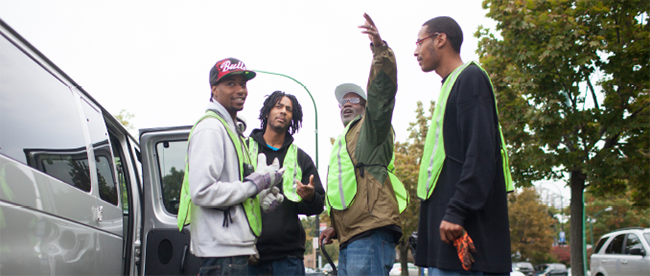“Everything that can be counted doesn’t necessarily count; everything that counts cannot necessarily be counted.” ~ Albert Einstein
Nonprofits face many questions when evaluating their programs. What data is most important to collect? Which evaluation methods should be used? What is a theory of change? How much resource should be invested?
According to a national study by Innovation Network, 90% of nonprofits are engaged in some type of evaluation, but limited time, resources and know-how are among the obstacles to meaningful engagement in evaluation. Although there is no one-size-fits-all approach to evaluation, the following resources can help organizations think through some of the key elements:
- Evaluation That Matters Workshop: Nonprofit Management Solutions is offering a workshop on June 16 to review core concepts, practice analyzing evaluation and more.
- Program Evaluation Guide: McCormick Foundation offers a framework for thinking about evaluation that includes key types and questions.
- Preparing for Evaluation: Innovation Network offers free tools for organizational assessment and building logic models while the Center for Theory of Change offers additional resources.
- Engaging Stakeholders: FSG has a practical guide for engaging stakeholders in developing evaluation questions.
- Metrics: GuideStar’s Common Results Catalog provides examples of quantitative metrics used in different program areas.
Many local organizations do a great job of evaluating their programs to measure impact, understand what is or is not working or gain insights for future action. The following are strong evaluation practices that have been shared with us:
- San Diego County Childhood Obesity Initiative created an evaluation plan to help refine activities, assess external changes and benchmark progress.
- Center for Employment Opportunities’ employment reentry intervention has been evaluated through a three-year national study using a random assignment research design. The program reduces recidivism by 22%, increases public safety and yields the public up to $3.30 savings for every taxpayer dollar of program cost.
- Ocean Discovery Institute’s annual report clearly defines activities such as participating in science in the classroom and then shows the impact of these activities for helping students perform better in science. The report also quantifies the impact of volunteer activities.
Do you have a great evaluation practice to share? Please share your best practices and reports in the comments below.





Share them in the comments below.